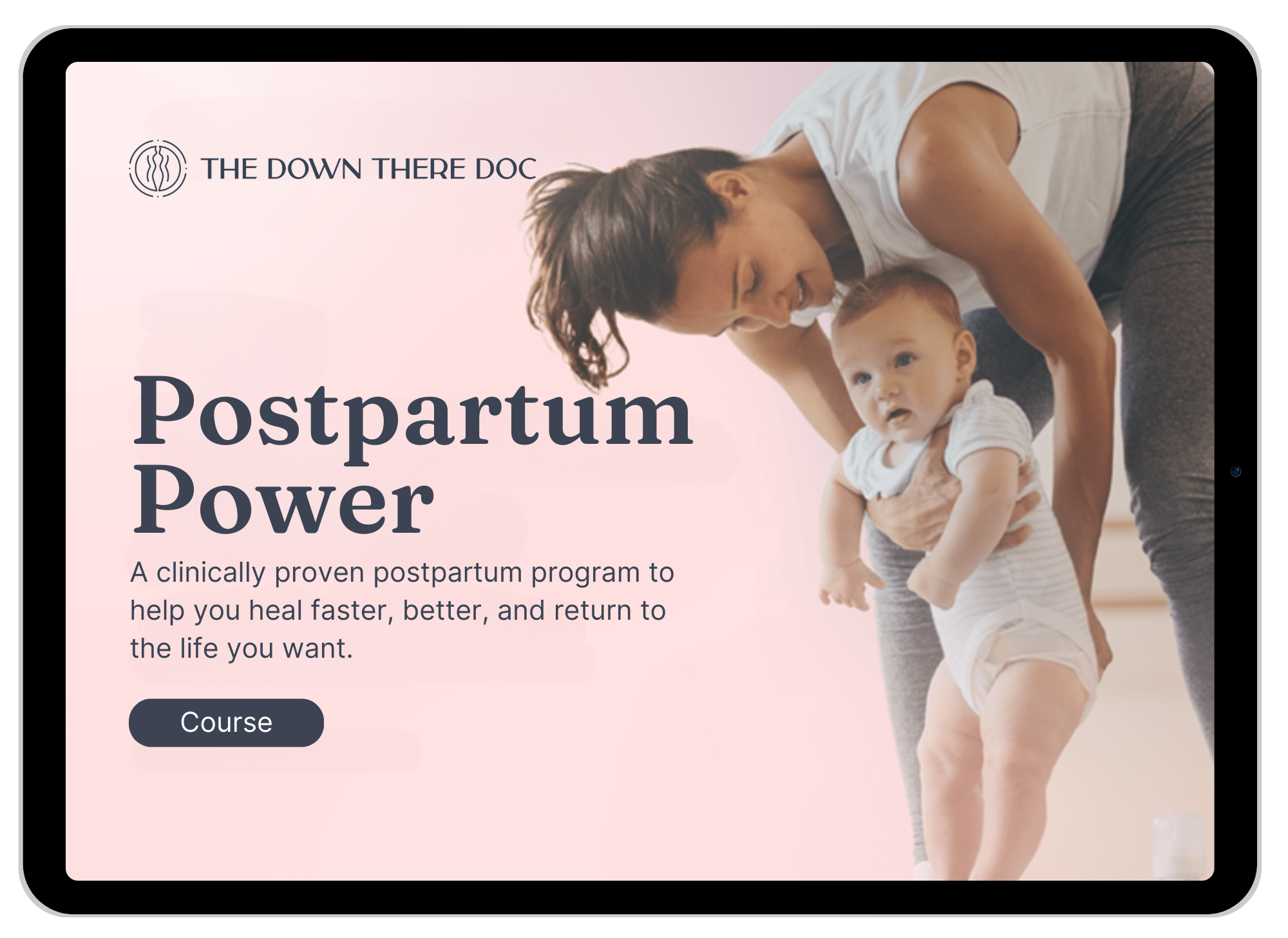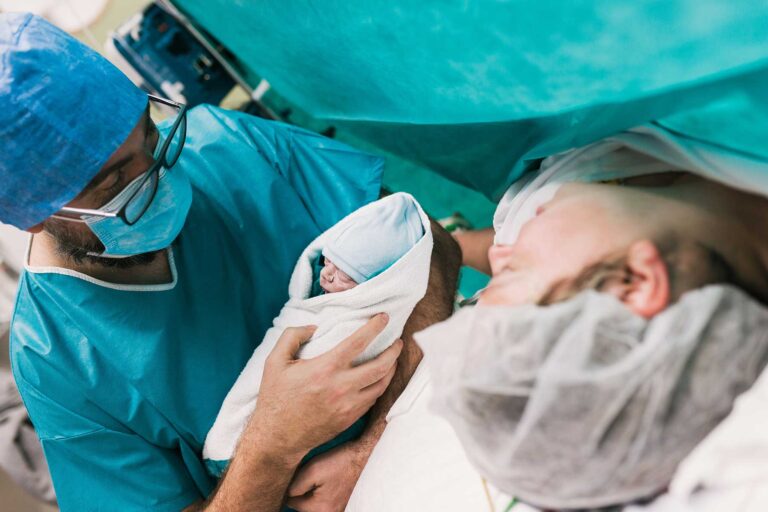Guess what?
You can still develop Pelvic Floor Dysfunction even if your baby came out of the sunroof instead of the lobby!
Contrary to popular belief, having a C-section will not protect you from pelvic floor dysfunction. Most c-section mamas can still have leaking, pelvic organ prolapse, constipation, Diastasis Recti, and painful sex. This may come as a surprise to some of you, especially if you thought a c-section would keep you in the clear.
This info may add to your stress level but I hope it helps to know that there are steps we can take to maintain that pelvic floor!
See Also

How does PFD manifest in someone who’s had a c-section?
It really comes down to the actual “load” on your pelvic floor during pregnancy. Regardless of what type of birth you have, 9 months of growing and carrying another human in addition to ALL the extras that come along with pregnancy, is a lot of demand on your pelvic floor muscles
The pelvic floor muscles are literally the “floor” of your core, which means they have to work extra hard during pregnancy to keep things flowing (and not flowing) down there.
It’s not uncommon for women who have had a c-section birth to experience the same problems that women who have had vaginal birth experience. The only difference is that the incision that c-section mamas have is up top, and the incision from vaginal delivery (if there was a tear or episiotomy) is down below.
It is important to note that:
C-sections are MAJOR abdominal surgeries, and the recovery process can be very difficult. (More on that later.)
Also, some Mamas experience a “double whammy,” so to speak. This means that they have tried vaginal delivery, maybe even pushed for a few hours, and then have to go into surgery for a c-section. This means that now they may have more pelvic floor issues because of the pushing and attempted birth, in addition to a c-section.
Here’s how to know if you’re experiencing Pelvic Floor Dysfunction:
If you’re experiencing any:
- Leaking pee
- Heaviness in your vagina
- Constipation/leaking poop or gas
- Sore or tender scarring
- Painful sex or vaginal penetration
These are ALL signs of pelvic floor issues and should be treated seriously.
How to prepare
Those who either got a c-section or are planning on having one still need the same resources, prep, and recovery/treatment as vaginal birth mamas, and I would argue even more so.
Here are some things you can do to help prepare:
- First things first, start our online program: DownThere DoneRight. We’ll help you prep for pushing or surgery, give you a postpartum cheatsheet and map out your postpartum recovery step by step. With our help, you won’t be left wondering what to do, what is normal, or how to feel like yourself again. We’ve got you, Mama.
- It’s important to have help and support set up and ready to go BEFORE at home. Think ahead with meals, babysitting, dog walking, etc.
- Get your questions regarding the surgery and hospital policies answered ahead of time. Some questions might be: How long is a stay after surgery typically? What meds are used? Do I have lactation support? Do I have skin-to-skin right away with the baby? Can my partner be present? Knowledge is power and CONFIDENCE.
How to recover
Here’s what you’ll need for proper recovery:
- Check out these recovery leggings from SRC health (discount code: #Marcy_Crouch). They are amazing for c-section recovery and help support your belly and perineum at its most sensitive.
- Once the 6-8 week mark has passed and your incision is healed, you can start c-section scar massage and desensitization strategies—this will help with pain and mobility, so you can move around with less pain and wear clothes that won’t irritate you.
- Start your pelvic floor recovery with our postpartum course, which is also part of the DownThere DoneRight bundle. This will teach you everything you need to know to recover and repair your pelvic floor and abdomen so you aren’t leaking, having pain, or sidelined by your surgery.
- In the early days of surgery, your scar will be sensitive and your belly will feel strange. Try to move around gently by getting up and walking, as you can tolerate, to help with gas pains and promote early healing.
How a Pelvic Floor PT can help
New bestie alert!
Because of the magic of the internet, you can get one of The DownThere Doc’s expert PTs for a virtual session as soon as you get home from the hospital! We can help with decreasing pain, improving mobility, and speeding up your recovery! Basically, we’ll be your new best friend with a LOT of helpful info to get you back in fighting shape!
As you get further out in recovery, pelvic floor PTs can help with scar healing, general back pain, safe abdominal exercises, pelvic floor-specific strengthening, and rehabilitation. You’ll need a pro ‘DownThere’ to make sure everything is doing what it should be doing.
Check out my courses and free resources HERE to get started.





